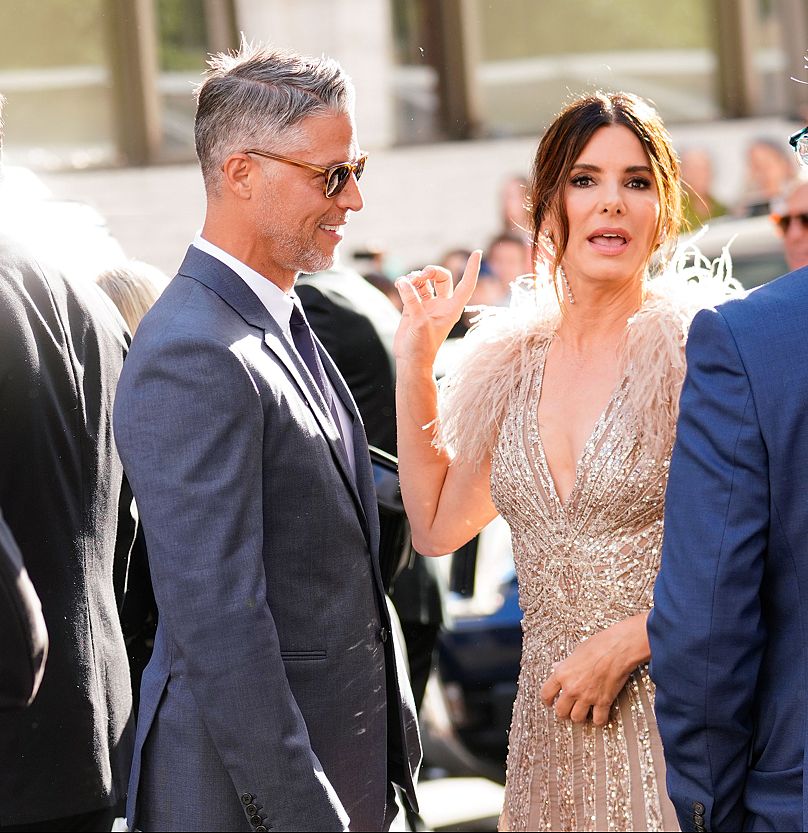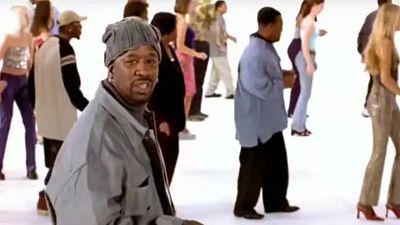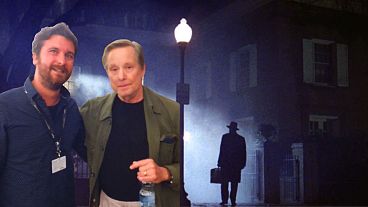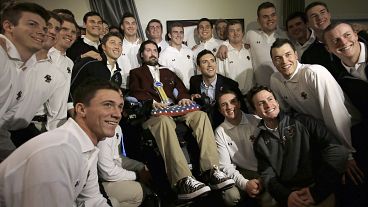Actress Sandra Bullock's long-term partner, photographer Bryan Randall, died following a battle with amyotrophic lateral sclerosis (ALS).
Bryan Randall, the long term partner of Sandra Bullock, has died aged 57.
In a statement, his family wrote, “It is with great sadness that we share that on 5 August, Bryan Randall passed away peacefully after a three-year battle with ALS [amyotrophic lateral sclerosis]”, adding, “Bryan chose early to keep his journey with ALS private and those of us who cared for him did our best to honour his request”.
In the statement sent to People magazine, they also thanked the medical professionals who helped him in his battle and asked for privacy.
Oscar-winning actress Sandra Bullock has yet to make an individual statement about the death of her partner of 8 years.
The pair met in 2015 when Randall took on the job of photographing Bullock’s son Louis’ birthday. She and Randall first appeared in public together later that year at the wedding of Jennifer Aniston and Justin Theroux.
Hailing from Portland, Oregon, Randall was a professional photographer who owned his own company, Bryan Randall Photography, and focused primarily on portraits and outdoor scenes.
He was a successful model before diving into photography, fronting campaigns for the likes of Yves Saint Laurent and Hugo Boss, and also appearing in high-end magazines including Vogue Paris and Harper’s Bazaar Singapore.
ALS - also known as Lou Gehrig’s disease - affects nerve cells in the brain and spinal cord and also causes muscles responsible for controlling voluntary movement to waste away. There is still no cure.





